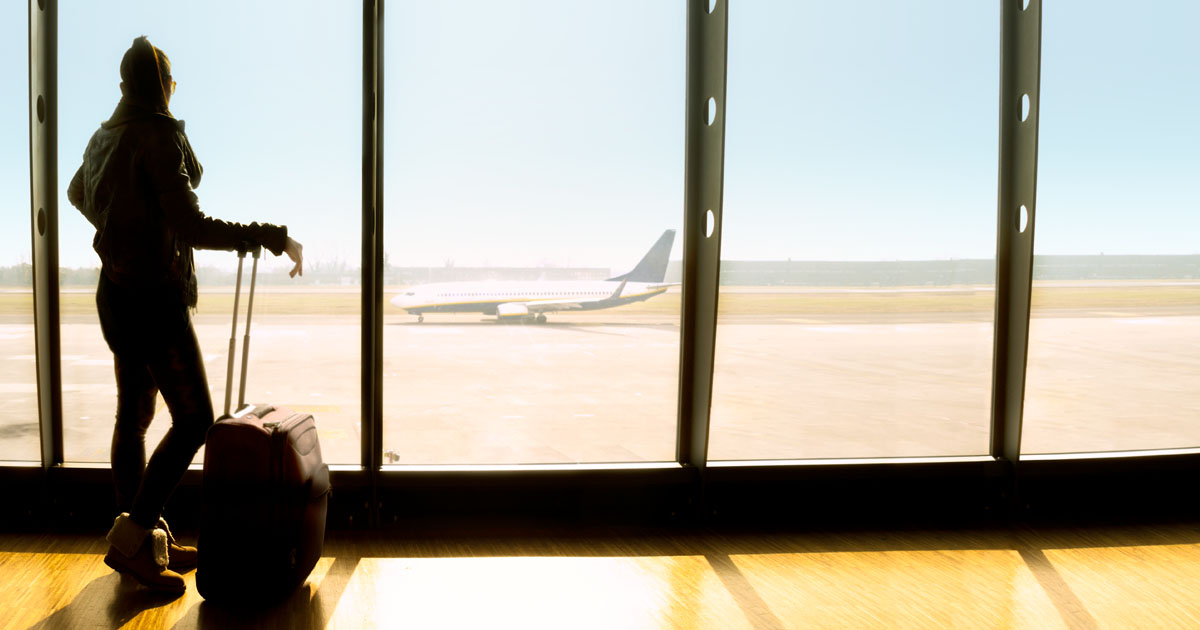12 Genius Hacks: Sleep Like a Baby on Your Next Flight
Embarking on a journey by air can be an exhilarating experience, filled with the promise of new adventures and the allure of distant destinations. However, the reality of long flights often includes cramped seating, fluctuating cabin pressure, and the challenge of finding comfort in an unfamiliar environment. For many, achieving restful sleep on a plane seems like an unattainable dream. This article aims to transform that notion by presenting 12 brilliant tips to help you sleep like a baby on your next flight. Drawing from expert advice, scientific research, and seasoned traveler experiences, each section will delve into practical strategies and thoughtful insights to help you master the art of inflight rest. Whether you're a frequent flyer or an occasional traveler, these tips will equip you with the knowledge to turn your next flight into a restful retreat.
1. Choosing the Right Seat

The foundation of a restful flight begins with selecting the right seat. Seat choice can significantly impact your comfort and ability to sleep. For those seeking uninterrupted rest, a window seat is often ideal. It provides a stable surface to lean against and eliminates disturbances from fellow passengers needing to access the aisle. Additionally, consider seats located near the wings of the plane, where turbulence is typically less pronounced. If noise is a concern, avoid seats near the galley or restrooms, as these areas tend to experience more foot traffic and chatter. Utilize tools like SeatGuru to research seat layouts and reviews before booking your flight. By taking the time to choose the right seat, you set the stage for a more comfortable and restful journey.
2. Timing Your Sleep
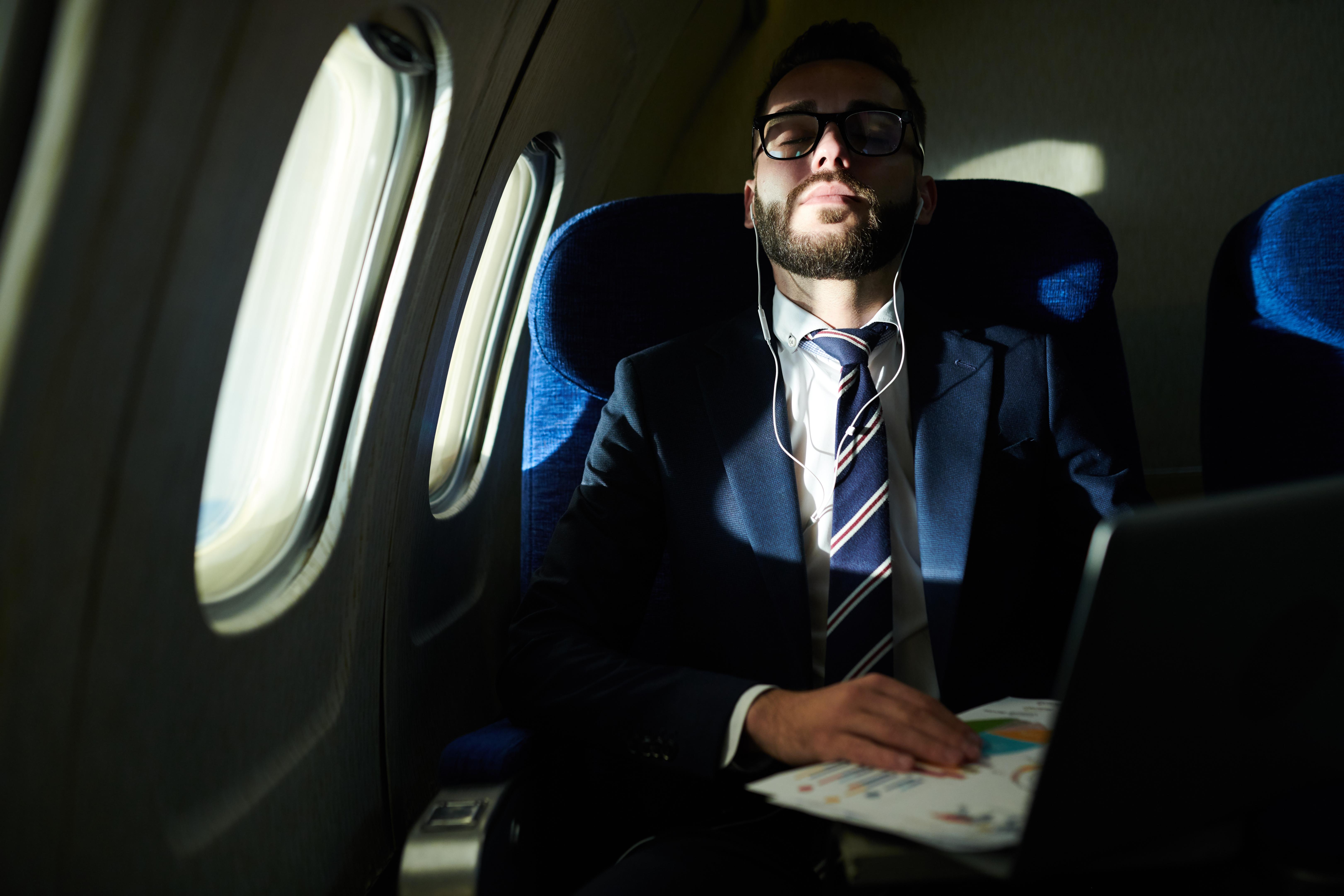
Understanding your body's natural sleep cycle can greatly enhance your ability to rest on a flight. If you're traveling across time zones, aim to adjust your sleep schedule a few days before departure to align more closely with your destination's time zone. This gradual shift can help mitigate the effects of jet lag and make it easier to fall asleep on the plane. During the flight, try to sleep during the destination's nighttime hours to further acclimate your body to the new time zone. If you're on a shorter flight, consider the length and timing of your sleep to avoid waking up groggy. By strategically timing your sleep, you can optimize your inflight rest and arrive at your destination feeling refreshed.
3. Creating a Sleep-Inducing Environment

Transforming your seat into a sleep-friendly haven is crucial for achieving restful inflight sleep. Start by minimizing light exposure, as darkness signals your body to produce melatonin, the sleep hormone. Use an eye mask to block out cabin lights and the glow from electronic devices. Noise-canceling headphones or earplugs can help drown out ambient noise and create a peaceful soundscape. Choose comfortable clothing and bring a travel pillow and blanket to mimic the coziness of your bed. Consider using a scarf or shawl for added warmth and comfort. By creating an environment conducive to sleep, you enhance your chances of drifting off peacefully during your flight.
4. Mindful Pre-Flight Preparation
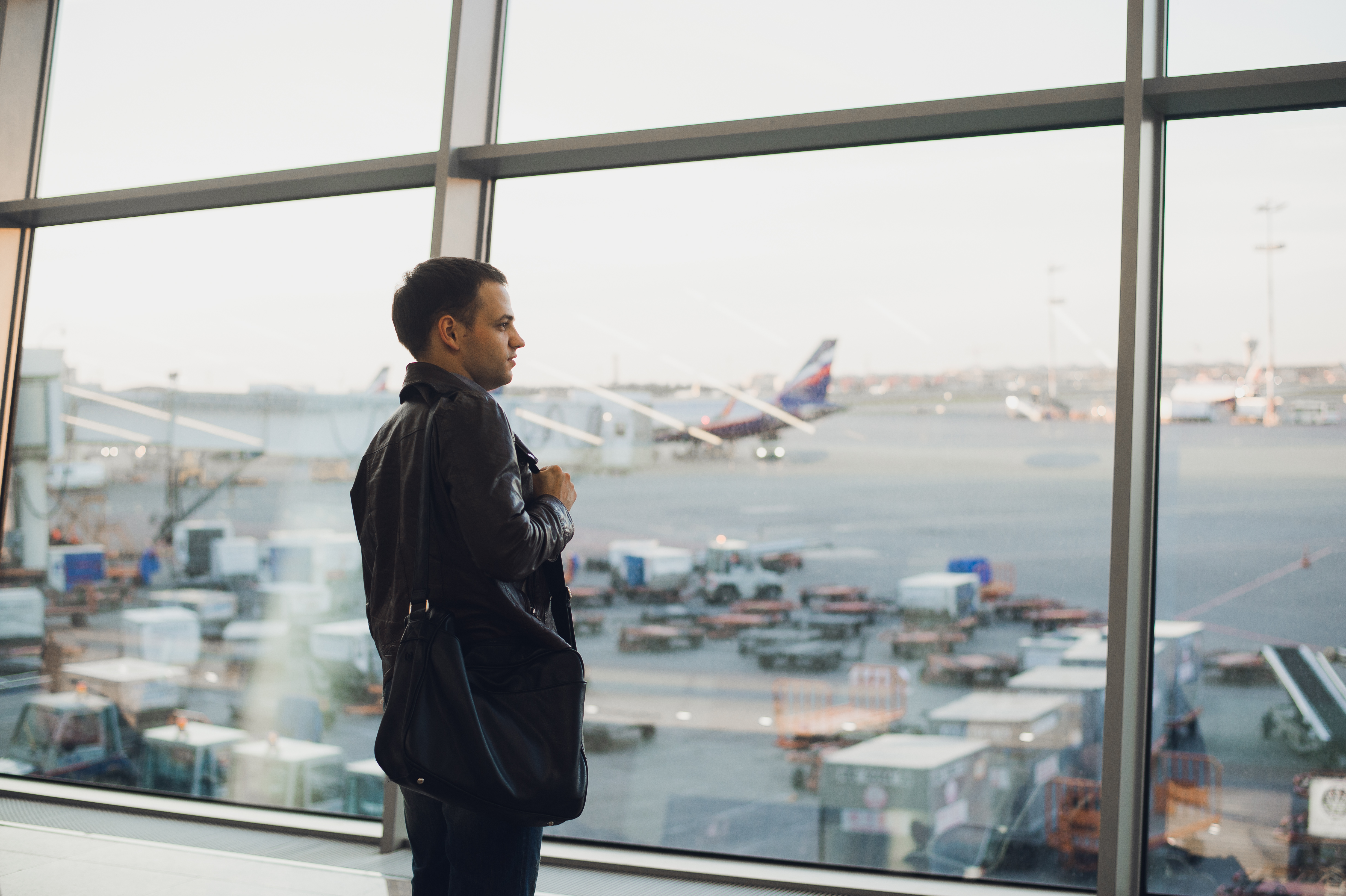
Your pre-flight routine can significantly influence your ability to sleep on the plane. Begin by ensuring you're well-hydrated, as dehydration can disrupt sleep and exacerbate jet lag symptoms. Avoid caffeine and alcohol before and during the flight, as these can interfere with your sleep cycle and lead to restless sleep. Instead, opt for herbal teas or water to keep your body balanced. Consider a light meal before boarding to avoid feeling too full or hungry during the flight. Engage in relaxing activities, such as meditation or deep breathing exercises, to calm your mind and body. By preparing mindfully before your flight, you set the stage for a more restful inflight experience.
5. The Role of Nutrition

What you eat can have a profound impact on your ability to sleep during a flight. Certain foods can promote sleep, while others can hinder it. Incorporate tryptophan-rich foods, such as turkey, nuts, and seeds, into your pre-flight meal, as tryptophan is an amino acid that promotes the production of serotonin and melatonin. Avoid heavy, rich foods that can cause discomfort and indigestion, making it difficult to relax. Similarly, steer clear of spicy foods that might lead to heartburn. Consider bringing healthy snacks, like fruit or yogurt, to keep your energy levels stable without disrupting your sleep. By being mindful of your nutritional choices, you can support your body's natural sleep processes and enhance your inflight rest.
6. Utilizing Sleep Aids Wisely

For some travelers, sleep aids can be a helpful tool for achieving rest on a flight. However, it's essential to use them wisely and with caution. Over-the-counter options, such as melatonin supplements, can help regulate your sleep cycle, especially when adjusting to new time zones. Prescription sleep medications should only be used under the guidance of a healthcare professional. It's crucial to test any sleep aid before your flight to ensure it doesn't cause adverse effects. Additionally, consider natural remedies like lavender essential oil or chamomile tea, which can promote relaxation without the risk of dependency. By using sleep aids judiciously, you can enhance your ability to rest while maintaining your health and safety.
7. Mastering Relaxation Techniques
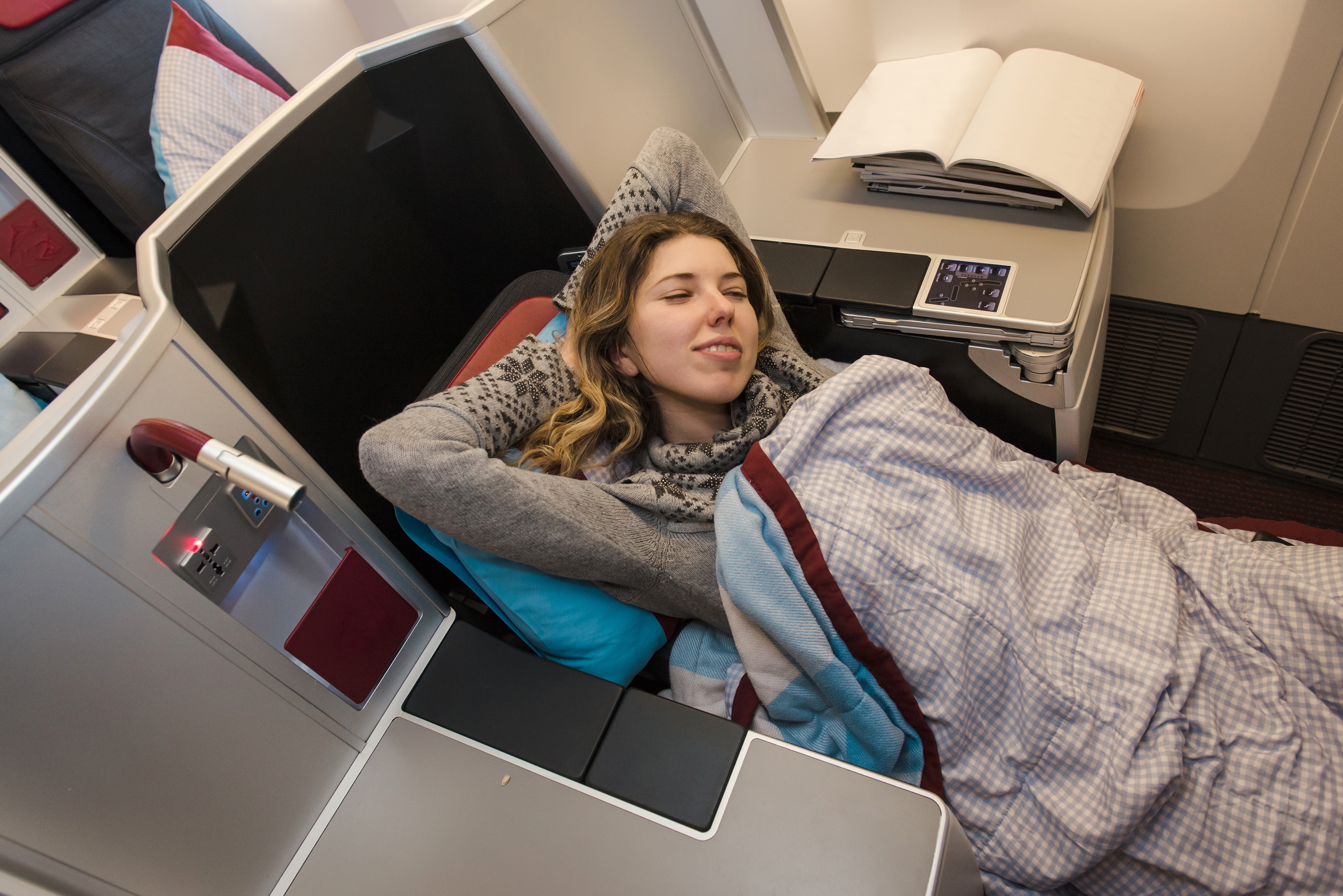
Relaxation techniques can be powerful tools for calming your mind and body, making it easier to fall asleep on a plane. Deep breathing exercises, such as the 4-7-8 technique, can help slow your heart rate and promote relaxation. Progressive muscle relaxation, where you tense and then release each muscle group, can alleviate tension and stress. Visualization exercises, where you imagine a peaceful scene, can distract your mind from the discomforts of flying. Consider listening to guided meditations or calming music to enhance your relaxation practice. By mastering these techniques, you can create a sense of tranquility that facilitates restful sleep during your flight.
8. Adapting to Cabin Conditions

Understanding and adapting to the unique conditions of an airplane cabin can improve your sleep quality. Cabin pressure and humidity levels are lower than on the ground, which can lead to dehydration and discomfort. Stay hydrated by drinking water regularly and using a hydrating facial mist to keep your skin comfortable. The cabin temperature can fluctuate, so dress in layers to adjust to changes. If the air feels dry, consider using a nasal spray to keep your airways moist. By being proactive in managing cabin conditions, you can reduce their impact on your comfort and sleep quality.
9. The Importance of Movement

While it might seem counterintuitive, incorporating movement into your flight routine can enhance your ability to sleep. Sitting for prolonged periods can lead to stiffness and discomfort, making it difficult to relax. Engage in gentle stretches or take short walks around the cabin to promote circulation and relieve tension. Simple exercises, like ankle circles or shoulder rolls, can be done from your seat. Movement can also help prevent issues like deep vein thrombosis, which can occur on long flights. By prioritizing movement, you support your overall well-being and create a more comfortable environment for sleep.
10. Leveraging Technology for Sleep
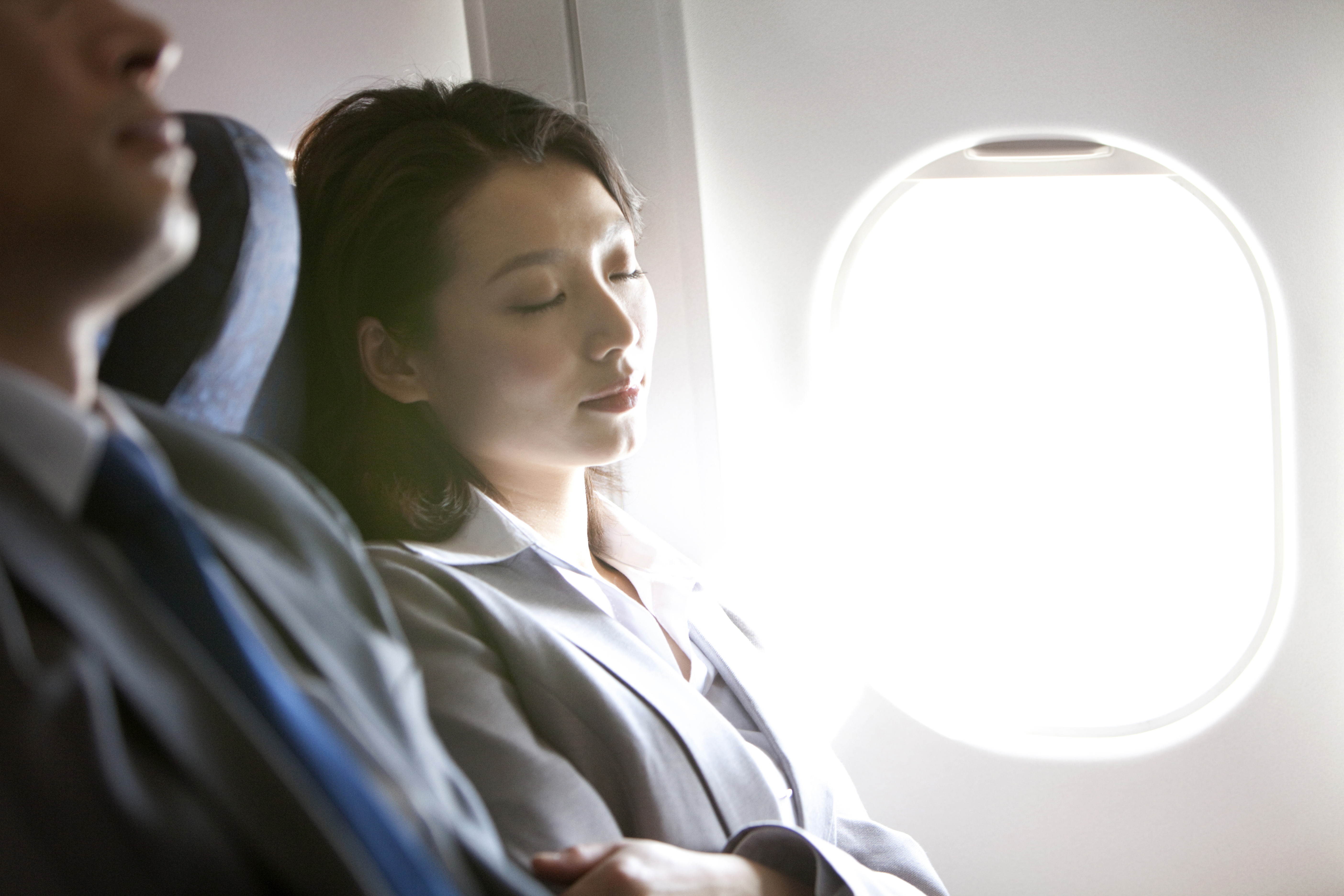
Technology can be both a hindrance and a help when it comes to inflight sleep. While screens and blue light can disrupt your sleep cycle, technology also offers tools to enhance rest. Consider using a white noise app or sleep sounds to block out ambient noise and create a calming atmosphere. Sleep tracking apps can help you monitor your rest patterns and make adjustments for future flights. Some airlines offer inflight entertainment systems with relaxation content, such as guided meditations or soothing music. By leveraging technology thoughtfully, you can create a digital environment that supports restful sleep.
11. Managing Jet Lag

Jet lag can be a significant barrier to achieving restful sleep on and after a flight. To minimize its effects, gradually adjust your schedule before departure to align with your destination's time zone. Upon arrival, spend time outdoors in natural light, as exposure to sunlight can help reset your internal clock. Stay hydrated and avoid heavy meals and alcohol, which can exacerbate jet lag symptoms. Consider using melatonin supplements to aid in adjusting your sleep cycle. By proactively managing jet lag, you can enhance your inflight rest and make the transition to your destination smoother.
12. Building a Personal Sleep Kit
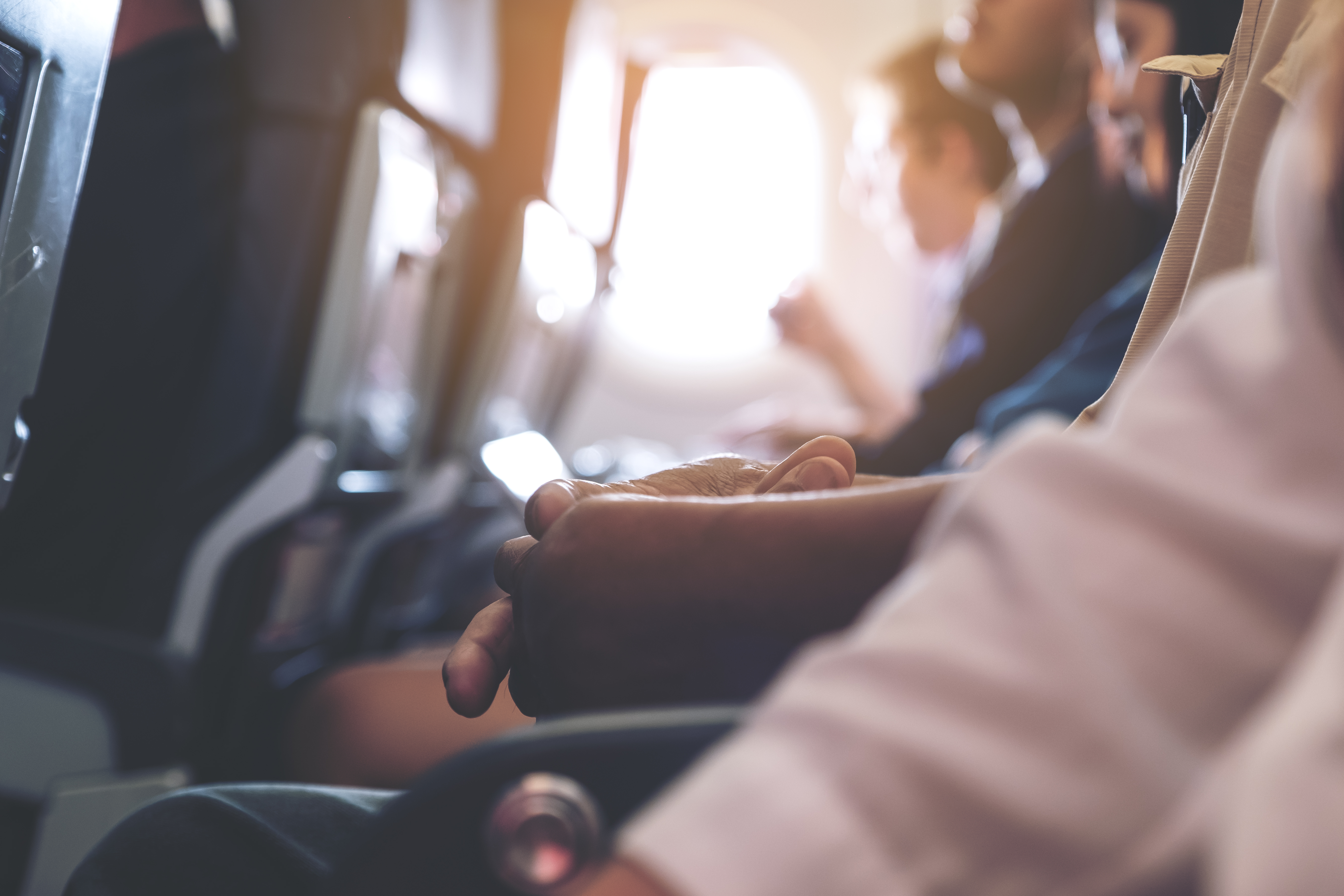
Creating a personalized sleep kit can be a game-changer for achieving inflight rest. Tailor your kit to include items that enhance your comfort and relaxation. An eye mask, noise-canceling headphones, and a travel pillow are essential components. Add items like a neck support, cozy socks, and a lightweight blanket for added comfort. Include calming essentials, such as lavender oil or a soothing balm, to promote relaxation. A small notebook and pen can be useful for jotting down thoughts or reminders, helping to clear your mind before sleep. By assembling a sleep kit that meets your needs, you can create a familiar and comforting environment, no matter where you fly.
Mastering the art of inflight rest is a valuable skill that can transform your travel experience. By implementing the thirteen tips outlined in this article, you can create a personalized strategy for achieving restful sleep on your next flight. From choosing the right seat and timing your sleep to utilizing relaxation techniques and managing jet lag, each step contributes to a more comfortable and rejuvenating journey. As you embrace these practices, you'll find that inflight sleep is not only attainable but also an integral part of a successful travel experience. Whether you're crossing continents or taking a short domestic flight, these insights will empower you to arrive at your destination refreshed and ready to explore.






